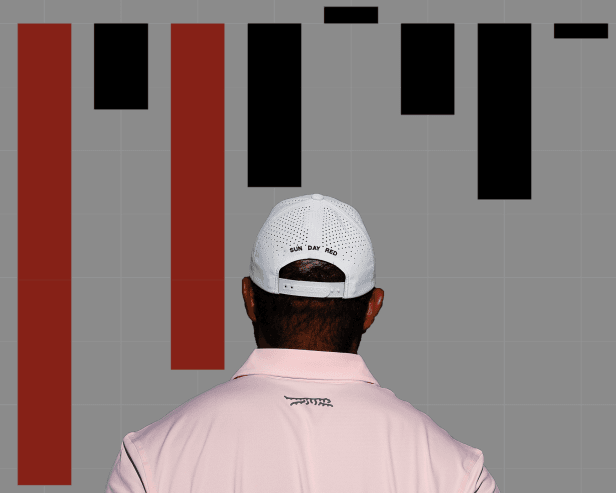As the US Open approaches, all eyes are on golf legend Tiger Woods, who will be competing at Pinehurst in hopes of adding another major trophy to his impressive collection. However, since his harrowing car crash in February 2021, Tiger has struggled with injuries and missed cuts in tournaments. Despite this, statistical analysis shows that his off-the-tee game has not significantly declined post-crash, with his clubhead speed actually increasing. This improvement in clubhead speed demonstrates Tiger’s commitment to increasing his power despite his age and injuries.
When it comes to approach shots, Tiger has experienced a significant decline in performance post-crash. His inability to consistently hit greens in regulation has been a major factor in his struggles in recent tournaments. Analyzing data from his proximity to the hole on approach shots reveals that shots from 75-100 yards and 125-150 yards have been particularly problematic for Tiger. These findings align with his own observations of rust buildup and lack of feel in his game from a lack of tournament reps.
In terms of scrambling around the greens, Tiger’s performance has seen a slight decline post-crash. While his scrambling rates have fluctuated over the past six seasons, 2022 and 2024 have shown worse performances compared to the three years pre-crash. This suggests that his feel for navigating around the greens may have been impacted by his time away from competitive play. With more tournament experience, Tiger may be able to improve his scrambling and tighten up his game.
Contrary to popular belief, Tiger’s putting performance has not significantly declined post-crash. His statistics show no evidence of a drop-off in putting performance, indicating that his issues lie in his approach game rather than on the greens. With a focus on improving his approach shots and increasing his accuracy from key distances, Tiger has the potential to elevate his game and compete at the highest level once again.
To reach these conclusions, statistical tests were conducted using data from the PGA Tour’s website and Data Golf. By analyzing Tiger’s strokes gained in various categories such as off-the-tee, approach, around the greens, and putting, significant differences were identified in his approach game post-crash. However, there were no glaring red flags that would indicate a ceiling for his future success, suggesting that with more tournament experience, Tiger can regain his competitive edge and showcase his greatness once again.
